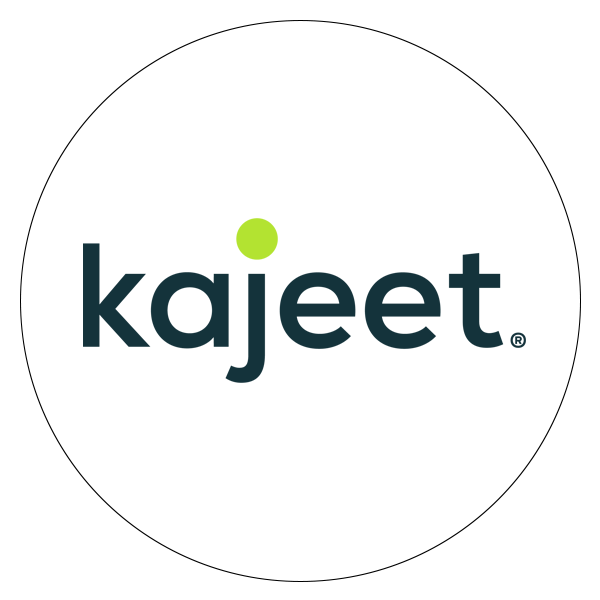
In recent years, there have been amazing strides to close the Homework Gap that exists between school-age students who have broadband Internet access and those who do not.
Recent successes, however, do not mean the education community should become complacent. There’s still a lot of work to do to not only narrow but close the Homework Gap, once and for all.
But digital equity isn’t the responsibility of one individual. Rather, it’s a team effort that requires input and dedication not just from teachers or students or school administrators—but from everyone.
Nationwide, more than five million K-12 students don’t have access to broadband Internet once they leave school. This lack of access puts them at a disadvantage from their more affluent, digitally connected peers. This disadvantage is called the Homework Gap.
According to the Consortium for School Networking (CoSN), the past two decades have seen great progress in terms of giving more in-need students access to the digital tools and programs they need to succeed in today’s lightning-fast learning environment.
For example, more students have high-speed Internet access than they did before. According to CoSN, “supported by the 2014 modernization of the federal government’s E-Rate program and state funding efforts, a majority of schools now meet the FCC’s short-term connectivity goal of 100 Mbps/1,000 students.”
But CoSN also credits the “increasingly ubiquitous use of technology in instruction” with widening the Homework Gap. This, in turn, threatens to derail the education (and future) of low-income and rural students who lack home Internet access.
That’s where CoSN’s recently updated Digital Equity Toolkit (co-sponsored by us here at Kajeet) comes in. Titled “Digital Equity: Supporting Students & Families in Out-of-School Learning,” the toolkit offers a comprehensive look at how communities can work together to close the Homework Gap.
The focus: providing “best practices and resources to help school officials develop digital equity solutions that work for their communities.” The backbone of the Digital Equity Toolkit is meant to:
So what, exactly, are the best ways to go about addressing the Homework Gap?
In the first half of its toolkit, CoSN details some of the innovative ways school districts across the country are making broadband Internet access easier for K-12 students in poorly connected communities. These strategies include:
Ultimately, the end of the Homework Gap depends on how willing communities are to work together on long-term, sustainable solutions.
The toolkit says:
Digital equity is not a school or district problem; it is a community problem. Whether school and district leaders are looking to bring broadband to a rural area or just take a broader, more holistic approach to digital access and inclusion, community collaboration is a powerful tool. Schools are uniquely positioned to engage the broader community in conversations about digital equity.
The second half of the toolkit unpacks four steps school and community leaders should take to push for digital equity.
School districts across the country oversee an impressive 24.3 million student mobile devices. And tens of millions of K-12 students depend on these devices more than ever for learning the skills they need to get ahead in the world.
But millions of students still lack safe and equal access to the Internet at home for doing their school work. They remain trapped in the Homework Gap, and it’s up to us—whether we’re teachers, administrators, IT coordinators, even bus drivers—to rescue them.
“As key elements of school continue to move online, we must consciously make digital equity a priority if we want students to succeed,” says Kajeet CEO and Founder Daniel Neal. “The K-12 mobile environment is unique, and together we must ensure that all students share a level playing field, as well as the right tools to safely learn.”
Want to know more about how working together can help close the Homework Gap? Download CoSN’s free action toolkit, Digital Equity: Supporting Students & Families in Out-of-School Learning.


